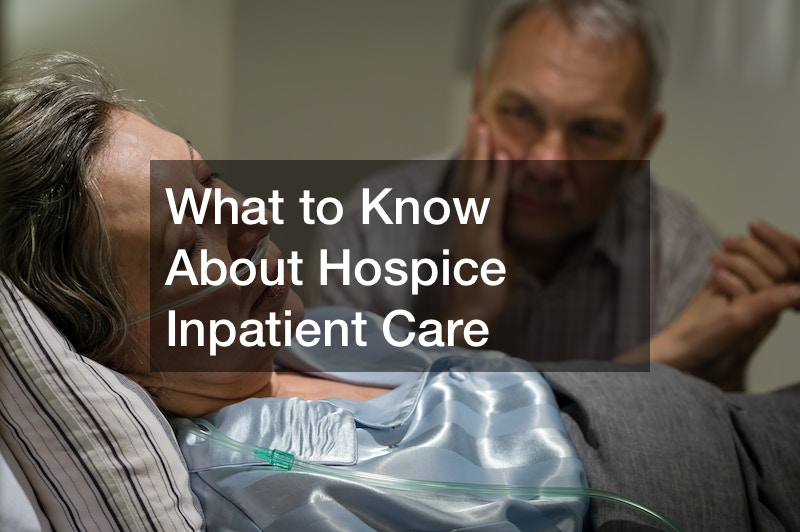Hospices can provide a wide range of different services for patients. They might require hospice inpatient care. There are forms of active hospice care that can make a difference for people with various illnesses. It’s common for people to get acute hospice care as well.
Getting admitted to hospice care facilities won’t usually take too much time. There should be space available at many local hospices, although it will depend on the area. Patients will sometimes get transferred from hospitals to hospice centers when their illnesses progress to a certain point. People will sometimes get adult palliative care when they are suffering from a terminal illness.
The services of a hospice can make a patient much more comfortable when they are ill and waiting for their illness to change. There are people who still might prefer to be elsewhere during this potentially difficult time. Some people will want to stay at home during these periods of time. However, their loved ones might not be equipped to help them in these situations. The staff members at the hospice center should be able to do so, which can make things easier for everyone who is in this complex and emotional situation.
Washing feet.
Until you spent those last days with your mom, you thought that the washing of feet was something that only happened in the Bible, or maybe one of those summers at church camp. Once you made the decision to get hospice care for your mother, however, there you realized that washing her feet in warm water and slathering on a moisturizing lotion could be a part of an everyday routine. Sometimes two and three times a day.
Wracked with pain until the hospice care staff stepped in and put your mom on a morphine patch, your mother had evidently only been awake and somewhat alert because of the aches that were dictating every minute of her day. When she started wearing the patch and her body finally relaxed she slept that kind of sleep of more even breathing. She remained still and content most of the time. One afternoon as you were sitting at the foot of her bed just spending what you knew would be some of the last days with her you noticed a nervous twitch in her feet, a restlessness that had seemed to have left the rest of her body and was trying to find an escape through the ends of her toes. Partly out of frustration at first, you took a hold of her feet in an attempt to still them. You noticed, however, that as soon as you touched those calloused and cold feet that your mom reached a newer, more through level of relaxation. At first you simply petted the top of her foot, but then got brave enough to massage her soles. Every movement seemed to bring another level of relaxation and on several occasions you even saw a smile on her slumbering face.
Hourly Care for Hospice Patients Helps Families Transition Through Difficult Times
From sitter services to safe bathing guidelines, there are many ways that hospice care providers can help families. Even if it conversations with a loved one’s family members about pain management and other concerns, sometime the presence of a hospice care nurse or meal planning provider allows a daughter to sit and care for her dying mother in unexpected ways. Local hospice care providers are often an unknown resource until a family finds themselves dealing with end of life decisions. In fact, unless you have reached a stage in your life where your own parents or grandparents have died or you have had a friend or other family member deal with a terminal illness, you likely may not even know about the entire platform known as hospice care.
The reality, however, is that more than 65 million people, which represents 29% of the U.S. population, provide care for a chronically ill, disabled, or aged family member or friend during any given year. On average, these 65 million people spend an average of 20 hours a week providing care for their loved one. It should come as no surprise then that there is an entire network of providers who help families meet the care needs that they may have. When a family reaches the point where their loved one is no longer going to receive any kind of care except pain management, there are a number of transitions that need to be made. For many families, the option of keeping a loved one in their own home as long as possible is the ultimate goal.
With full or part time jobs themselves, however, many family members who are trying to provide care for their loved ones need assistance running errands, in meal preparation, and with light house keeping. A service that can help in taking care of these kinds of everyday tasks allows a working family caregiver to spend time off work in a more quality way.
As more and more insurance companies offer a wider range of options, there are also more families who consider aging at home and making sure that their loved ones are in a familiar and recognizable space as long as possible. In fact, 51% of care recipients live in their own home, 29% live with their family caregiver, while only 4% live in nursing homes and assisted living.

